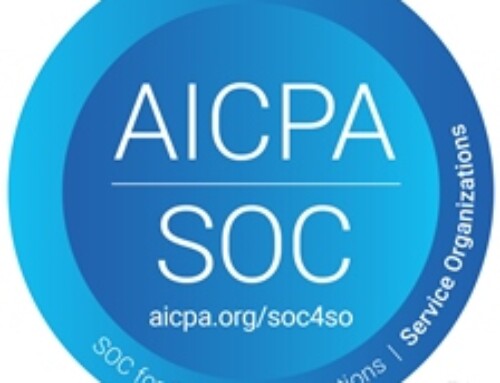Regardless of the subject matter the one thing that most of us understand is that prevention is better than cure.
Taking a car for service is generally accepted as being a good way of ensuring that you don’t breakdown at the side of the road.
How could you apply the same principle to a business?
Businesses in general are a complex sum of parts and not all of these parts are tangible i.e. you can’t take a document or a process for a service, therefore an alternative method of prevention has to be established.
We can easily create a method of highlighting preventative actions for a given situation and this is called auditing, simply put; everything we do has an expected outcome: We tie a shoe lace to keep a shoe on, we ware a hat to keep our head warm on a cold day. The answer therefore is very simple, if we know what the expected outcome is then we can check if the critical elements are present. Also we can see things that will go wrong before they go wrong such as; the shoe lace is very frayed, it works at the moment but very soon it will fail or the shoe lace is too short to allow the shoe to be secured fully. We would call these scenarios firstly a non conformance and secondly an opportunity to improve.
We now need to create a method for checking that works for the business. A large organisation may have a dedicated team of people who are involved in the process of checking for things that may fail and they will have a defined method of doing this. In most instances this is controlled through the thorough planning of activities and having suitably qualified persons to complete the work. What happens is you don’t have the resource to be able to employ a dedicated team? This is the situation for most businesses, the result of this is that somebody has to do this as a part of the other activities they are responsible for and in most instances this creates a catch up situation.
In most businesses the true value of the checking process is never achieved!
The reason is the methods employed are ineffective. By using a platform like ZEBSOFT these processes are spread across many people and the control mechanism is simple, formal auditing is used at a high level where it checks the checking process. At a lower level checklists are used to guide people on a checking route, to determine if actions are required to correct a situation and to identify things that could be done better. In turn the results of the checklists are fed in to the formal auditing process where everything has been checked by everybody, on time and to plan.
The key is having a system that makes the planning and conduct as simple as it can be, there is no need for a team of people to control the planning aspects even in the most complex environment, ZEBSOFT will keep you on track without the need for additional resource.









